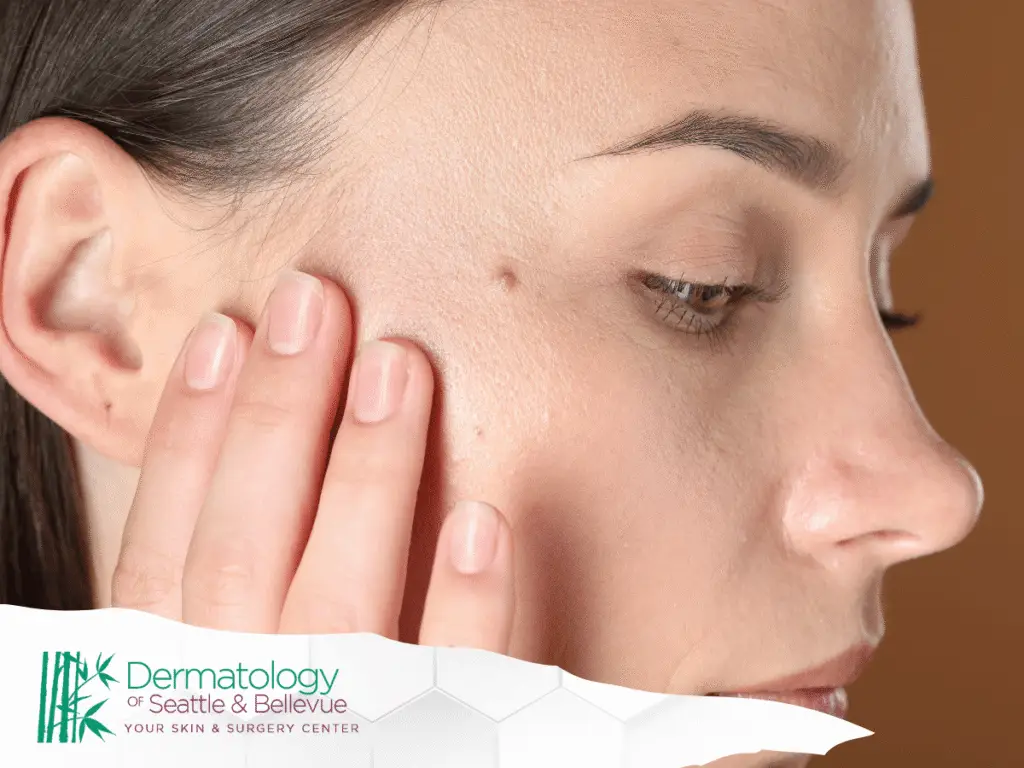Understanding Your Skin: The Importance of Mole Awareness

Your skin tells a story, and moles are often a part of it. For most people, these small spots are completely harmless—but some can signal early signs of skin cancer. Knowing how to recognize changes in your moles can make a huge difference in catching problems early. Regular self-checks, especially in Seattle’s mix of cloudy days and unexpected sun exposure, play a vital role in long-term skin health. Being familiar with your moles helps you notice subtle shifts before they become serious. This awareness empowers you to take charge of your own preventative skin care and visit a professional when something seems off. By closely monitoring any changes in your moles, you can identify potential warning signs early on. Understanding moles and their characteristics is essential for anyone looking to maintain healthy skin. This proactive approach not only contributes to early detection but also enhances your overall confidence in managing your skin health. Regular mole checks […]
